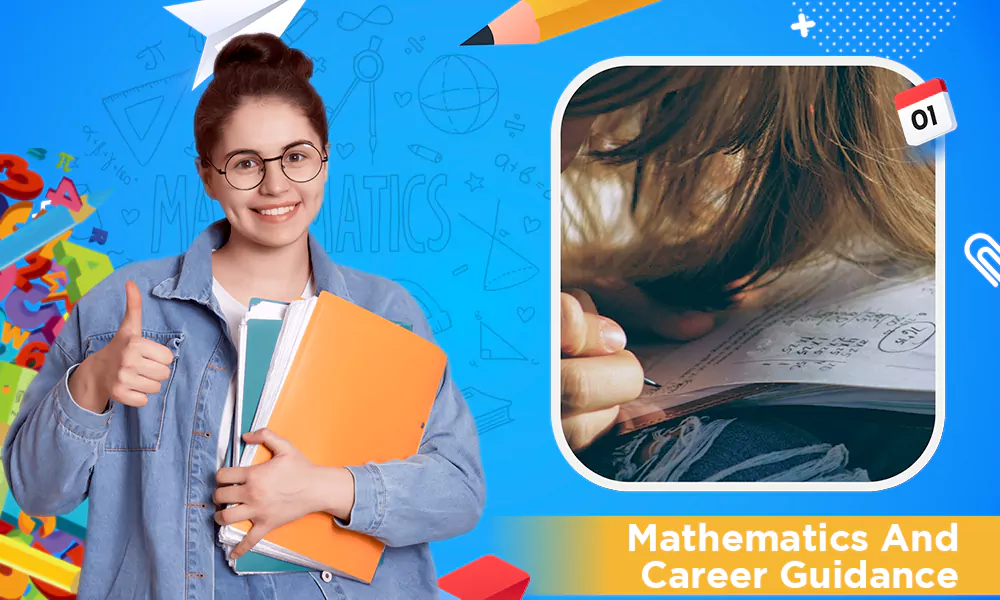6 Principles of Effective Distance Learning

Classroom teaching is effective because the focus, interaction, and feedback come naturally. But when you shift to the online mode of learning, these often overlooked aspects prove to be your biggest challenges.
Teaching lessons is the primary element of distance learning. But the more significant problem is engaging the students through the limited resources they have. It is also difficult to ensure that every learner understands the lessons.
Students are now signing up on DoMyEssay platforms to seek the direct help of expert writers for their assignments. With distance learning growing more popular, classroom challenges are coming nowhere near the end.
So, here are the six principles of distance learning that will help you make education more effective for students.
The Principles of Effective Distance Learning You Should Implement
Involving Students in Lesson Plans
Unlike classrooms, students don’t have access to the same resources in distance learning. Moreover, every individual has different problems that need to be addressed. Many students even struggle to cope with loads of assignments as they need to study at home in an online setting. They tend to ask others someone write my essay for me to manage their assignment deadlines.
To understand this, you can create student and parent surveys. These will give you an idea of their distance learning capabilities and expectations they might have from the lesson plans.
Some schools supply the necessary tools such as laptops and study materials. Other schools require students to source the materials. Either way, it is up to the teacher to understand and use easily accessible resources.
Facilitating Interactive Sessions
Lack of focus and engagement are common complaints in online classes. This is because such setups mainly involve only one-way teaching and rarely allow students to speak or present their ideas.
Students seek active participation. As a teacher, you can create such opportunities by asking questions or letting students explain the lesson from their point of view. You can also employ the flipped classroom method to let learners study the content beforehand and discuss it during the class.
Organizing Extracurricular Classes
Extracurricular activities are a major part of physical classrooms. Yet, these activities seem to diminish in online classrooms. But it is necessary to organize extracurricular programs to keep the students interested even in distance learning.
These activities include quizzes, debates, crafts, and more. Some apps allow teachers to generate new ideas and keep track of students’ performance. You can also conduct group events to help students engage with one another. Such activities give them the necessary break and let them explore their creative side.
Incorporating Independent Learning Tools
One of the perks of distance learning is that it allows students to access countless Internet sources. From books to educational videos, there is no dearth of resources online.
For older students, you can move a step ahead and encourage them to explore online resources on their own. Yet, you also need to educate them on Internet safety and give them certain guidelines on where they can look for information. You can recommend Youtube channels, apps, and websites that upload content relevant to your subject area to get them started.
Combining Synchronous and Asynchronous Learning
When students attend an online class at a pre-scheduled time, it’s called synchronous learning. The asynchronous method presupposes studying at their preferred pace. While both methods have their benefits, it is more effective to combine them.
This helps students experience a classroom atmosphere and lets them study independently. The asynchronous approach is beneficial for slow learners or those who can’t attend due to technical challenges.
These materials can include
- recorded versions of online classes;
- additional videos;
- written materials;
- website links.
You can also give supplementary materials to students interested in further reading.
Giving Individual Attention Whenever Necessary
In a classroom setting, teachers can directly interact with their students. Thus, it’s easier to keep track of their performance. But an online environment allows for less control. To counter this problem, organize one-on-one meetings regularly with students or their parents.
This will acquaint you with the problems of individual students and help you give them the necessary support. For instance, a student having connectivity problems might find it difficult to attend online classes. You can communicate with their parents and discuss a solution that works for both of you.
One-on-one meetings also allow parents to
- voice their concerns;
- provide feedback;
- better understand their roles in distance learning.
You can work with them as a team to help their children learn better.
Distance Learning Is Not Difficult; It’s Different
With distance learning becoming the new normal, several teachers have found solutions to many problems. The mentioned tips will help you make the most out of online tools and convey your lessons effectively.
Remote education opens up an array of better opportunities when compared to physical classrooms. With online resources, useful apps, and some experimentation, you can make a great lesson plan that works well for both you and your students.










